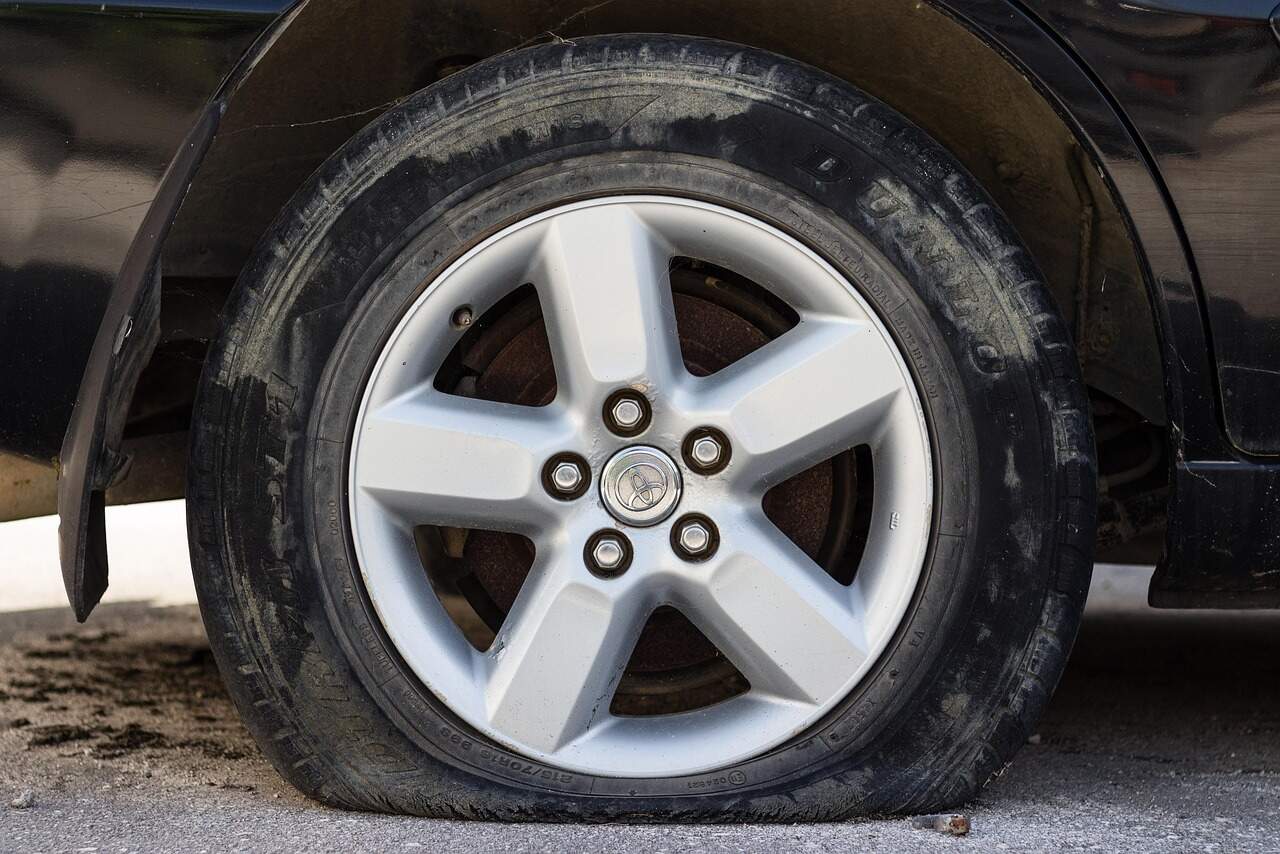All car tyres lose air over time. There are a variety of reasons why this happens. Some of them are normal, like osmosis and temperature change, while others indicate something is wrong, such as damage to the tyre or wheel. It’s important to check your tyre pressure once a month at the very least to ensure you don’t cause further damage or create safety risks by driving on an under-inflated tyre.
Osmosis
Osmosis or permeation is the ability of molecules to pass through structures. In this case, it refers to air passing through the structure of the rubber tyre. Osmosis occurs at different rates depending on the substances involved so how quickly this happens with your tyres can differ as different tyres use different blends of rubber and other materials.
The average rate of osmosis is about 1 to 3 PSI per month, but you should still check your tyres often. Six months of neglect can result in an air loss of between 6 to 18 PSI. Considering the recommended tyre pressure is around 30 to 35 PSI, this is a significant loss.
Temperature Change
Fluctuations in temperature can also cause air loss in your tyres. This is particularly true when it becomes colder. For every 5 °C drop in temperature results in a 2 per cent loss. Your tyre also inflates about 2 per cent whenever there’s a 5 °C rise in temperature. If you live in an area where the temperature fluctuates throughout the year or even from day to night, the effect can be significant.
It can be difficult to keep track of how much air loss your tyres may be experiencing. The best thing to do is to check your tyres with a tyre pressure gauge on a regular basis and ensure it stays at the recommended level.
Tyre and Wheel Damage
If your wheel is warped or damaged, there may be a hole for the air to escape the tyre casing. A wheel that has lost its round shape will not hold the tyre tightly onto it. This causes the bead area to leak out some of the air in the tyre. This can cause your tyre to become flat within days or weeks depending on the damage.
Another cause of air loss is a poor valve stem. These can be damaged due to hitting bumps in the road. Corrosion can also cause tyres to lose air, especially where if the corrosion is on the edges of the rim where the tyre is mounted. If the metal gets rusty, it can cut the bead or create an uneven surface, letting out air. If debris gets trapped between the bead and rim, it can also let air out.
Looking for Great Tyre Deals?
With locations all across Australia, Tyrepower can help you when you need a brand-new set of tyres. We also offer servicing and a range of great wheel and tyre packages including products from brands like Kumho tyres, Goodyear tyres, Continental tyres, Maxxis tyres, Hankook tyres, Michelin tyres, Pirelli tyres and Toyo tyres.
Find your closest tyre shop and call 13 21 91 today.



























